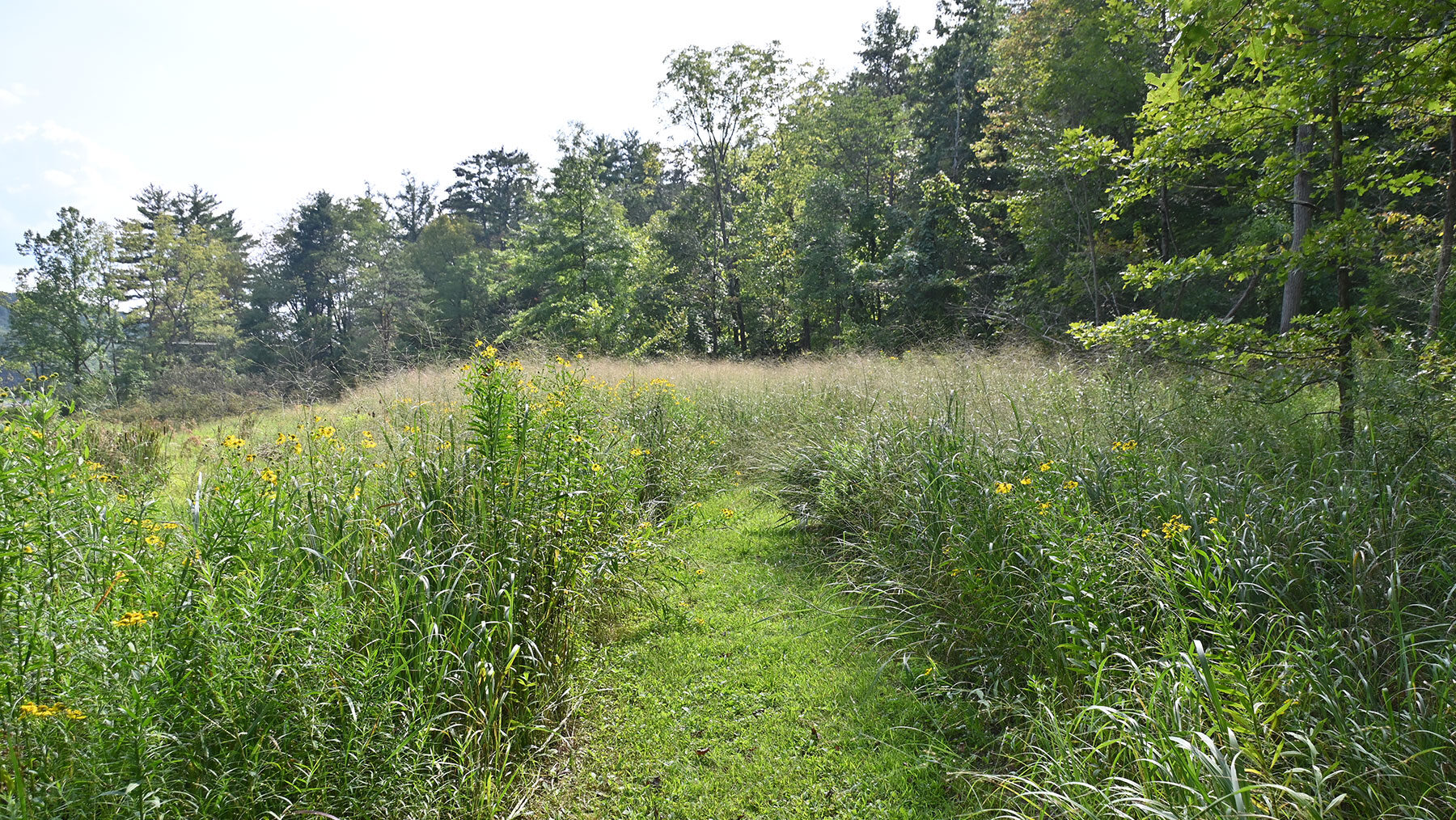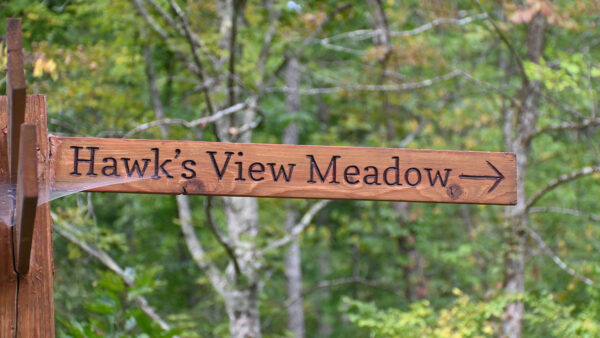
We’re shining a light on grasslands in this first blog post in a three-part series all about our local PA habitats. Check back in early October and November for the next posts in the series!
What is this habitat?
Grassland habitats are known by many different names depending on where you find them, how they originated, and the species that can be found there. In the midwestern United States, they are often known as plains or prairies; in vast areas of Africa, they are called savannas; South America is home to the pampas. Examples in Pennsylvania are often just called grasslands, but some are referred to as meadows, prairies, or barrens. No matter what you call it, the key characteristic of this habitat is that it is dominated by grasses. Often, the factor that drives the success of grasses in these areas is the amount of water that falls on the landscape each year. Grasslands usually receive too little water to support forest habitat, but too much to create a desert. Here in Pennsylvania, where we receive enough water to sustain forests, our grasslands are maintained by natural and human events that change the conditions that allow forests to grow. We call these events disturbances. Some examples of disturbances that maintain grasslands include fire, grazing, and mowing.
Why is it important?
Grasslands are an important habitat type and support our local and global ecology, economy, and community. Because they’re mostly grasses, they increase biodiversity by supporting plant and animal species that prefer open areas. Grasses also create deep and dense root networks that stabilize the soil, reduce erosion and compaction, increase soil fertility, and sequester carbon. These root networks do a great job of regulating and purifying our fresh water, which means less runoff, cleaner water, and increased resilience during drought and flooding. In some places, grasslands are also an important source of food for people and livestock as well as places of cultural and spiritual significance. These benefits, also known as ecosystem services, make the ecological and human communities around the habitat richer and more resilient. This is important as we learn to adapt to a shifting climate that brings changes in temperature, precipitation, and the frequency of extreme weather events.
Where can we find this habitat locally?
 Here in Central Pennsylvania, we have some examples of grasslands that fit into forested and urbanized landscapes. At Shaver’s Creek Environmental Center, you can visit Hawk’s View Meadow and Bluebird Meadow along the Bluebird Trail. Stop by our Visitor Center to grab a map, then head out the front door and follow the Lake Trail north and west until you reach the Bluebird Trail near Hawk’s View Meadow. You can also explore the Prairie Restoration Site at The Arboretum at Penn State. After parking in the Katz Lot, pop by the Overlook Pavilion to grab a map and then walk toward Hartley Wood. Once you get to the entrance of the wood, turn right to explore the mowed trails that meander through the prairie. Other examples of grasslands in Pennsylvania include the Prairie Ecosystem at Jennings Environmental Education Center in Slippery Rock, PA, and Goat Hill Serpentine Barrens at William Penn State Forest in Chester County.
Here in Central Pennsylvania, we have some examples of grasslands that fit into forested and urbanized landscapes. At Shaver’s Creek Environmental Center, you can visit Hawk’s View Meadow and Bluebird Meadow along the Bluebird Trail. Stop by our Visitor Center to grab a map, then head out the front door and follow the Lake Trail north and west until you reach the Bluebird Trail near Hawk’s View Meadow. You can also explore the Prairie Restoration Site at The Arboretum at Penn State. After parking in the Katz Lot, pop by the Overlook Pavilion to grab a map and then walk toward Hartley Wood. Once you get to the entrance of the wood, turn right to explore the mowed trails that meander through the prairie. Other examples of grasslands in Pennsylvania include the Prairie Ecosystem at Jennings Environmental Education Center in Slippery Rock, PA, and Goat Hill Serpentine Barrens at William Penn State Forest in Chester County.
Who relies on this habitat?
A habitat for all seasons, grasslands in Pennsylvania support numerous species of plants and animals whose relationships change throughout the year. Spring brings the emergence of the native grasses and early blooming flowers, which support a multitude of insect species including Skipper butterflies, a group of butterflies whose caterpillars are reliant on native grasses such as Little Bluestem. In the summer, these flowers and insects support local songbird populations and provide shelter and hunting opportunities for the endangered Eastern Massasauga, a small grassland rattlesnake. In the fall, the vegetation and seeds created by the plants provide food for migrating grassland birds like the Sandhill Crane. And in the winter, these open spaces become crucial hunting grounds for many cold-tolerant raptor species, such as the Northern Harrier and Short-eared Owl. To learn more about our local wildlife communities, regardless of season, you can visit our grassland ambassadors at Shaver’s Creek Environmental Center, including our resident Sandhill Crane, American Kestrel, and Massasauga. Our ambassador animals inspire folks to develop deep and personal connections with these important habitats and species — a critical first step in taking action.
What conservation actions can we take to support this habitat and related species?
Conservation and restoration of these areas is more important than ever. Temperate grasslands are the most widespread ecosystem globally, but also the most threatened. Conversion to agriculture, excessive livestock grazing, and invasive species are just a few of the many issues that affect them. Because they’re incredible providers of so many ecosystem services that support our way of life, it’s important that we work to support them. One great way to have an impact on grasslands is by contributing to the work of groups that advocate for and work to conserve these important habitats. You can also encourage elected officials to prioritize grassland conservation. When planning landscape projects, consider native plant species that support grassland wildlife. And, most importantly, we encourage you to learn more about grasslands and share your knowledge with others. Free programs, like our weekend Meet the Creek series, are great opportunities to start learning about and connecting with our local conservation efforts. We can all be ambassadors for these critical habitats.
Stay tuned for the next post in our habitat series coming in early October, and keep an eye on our socials for more about grasslands!
References/Resources
Valuing Grasslands: Critical Ecosystems for Nature, Climate and People (PDF)


